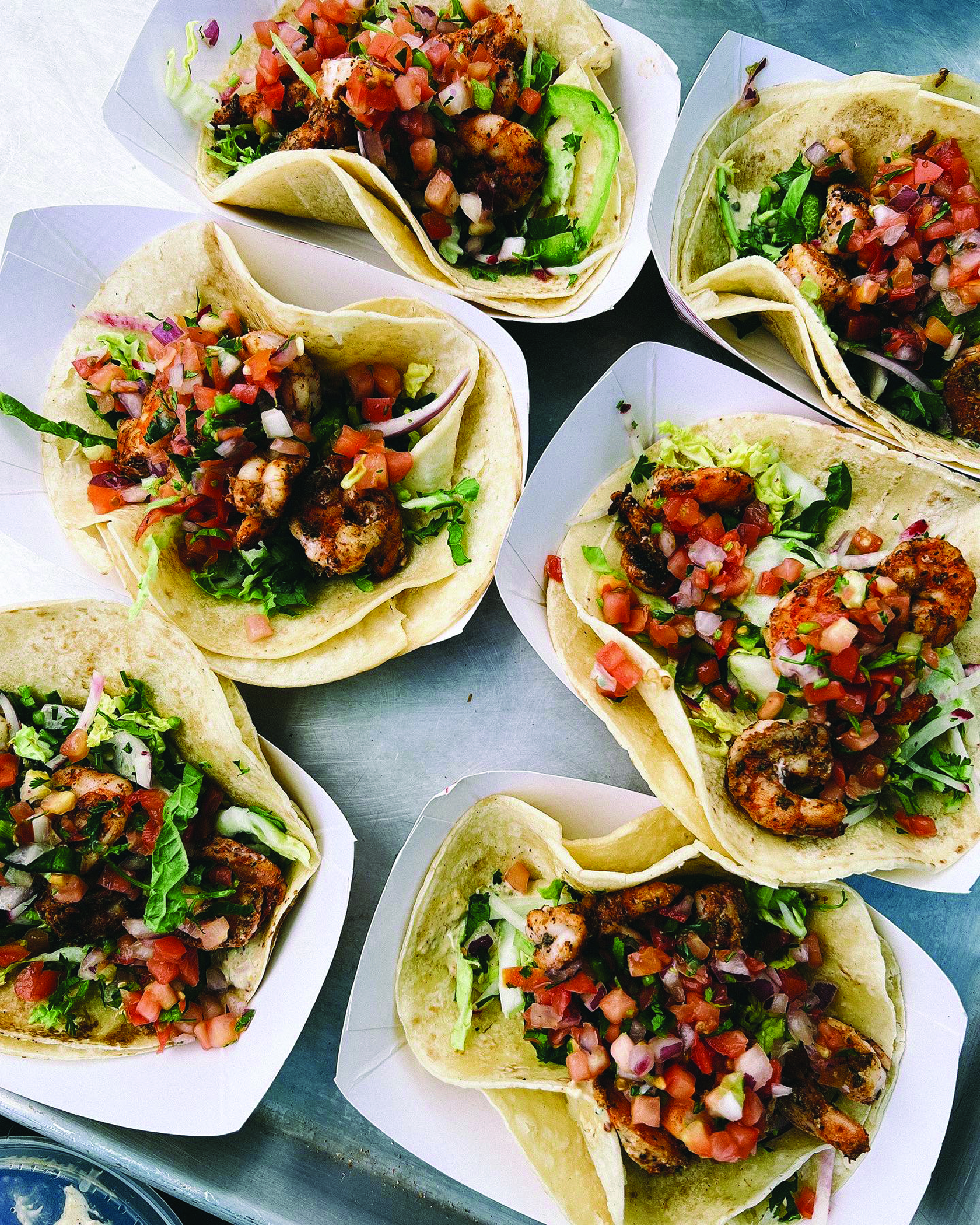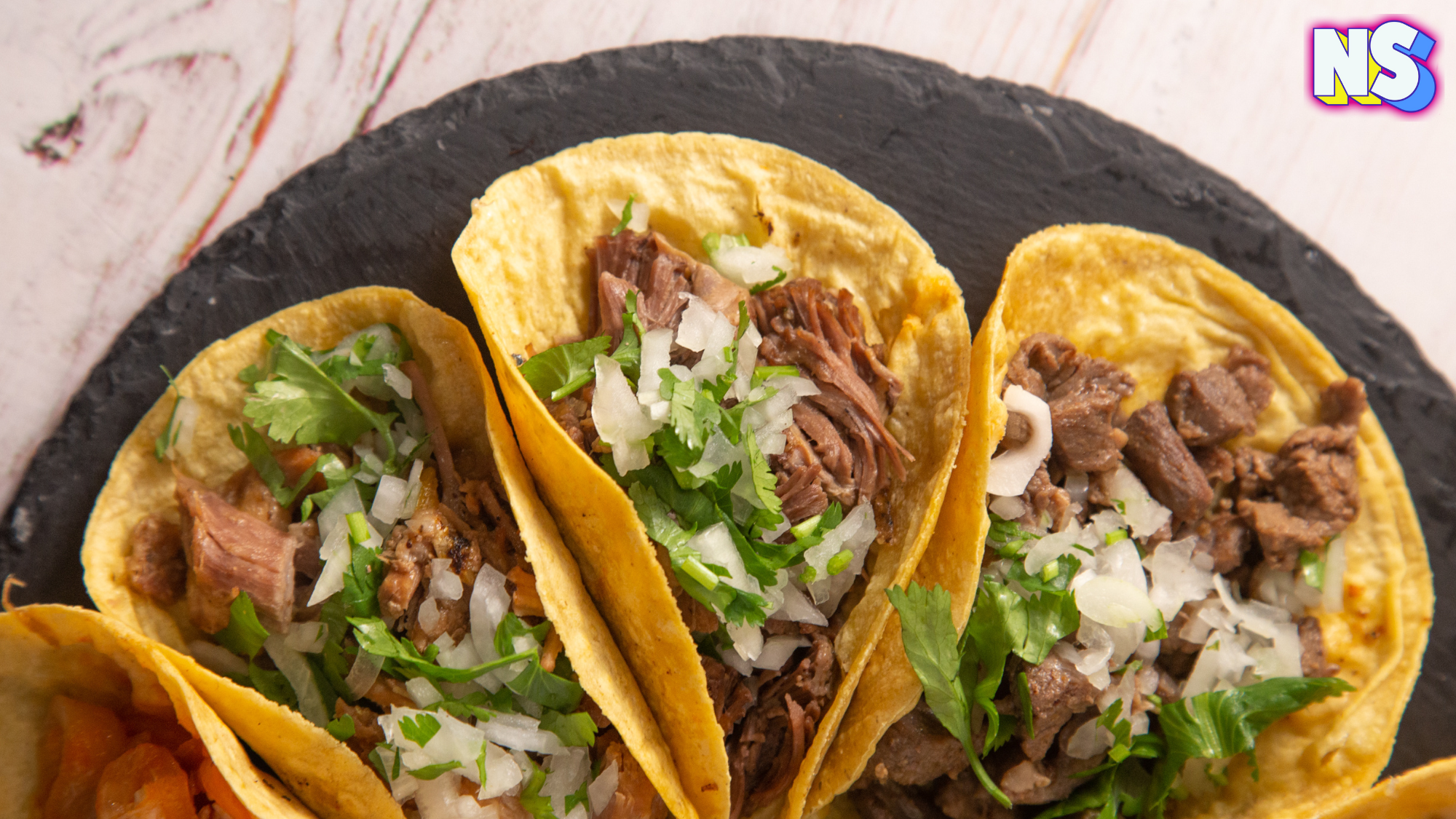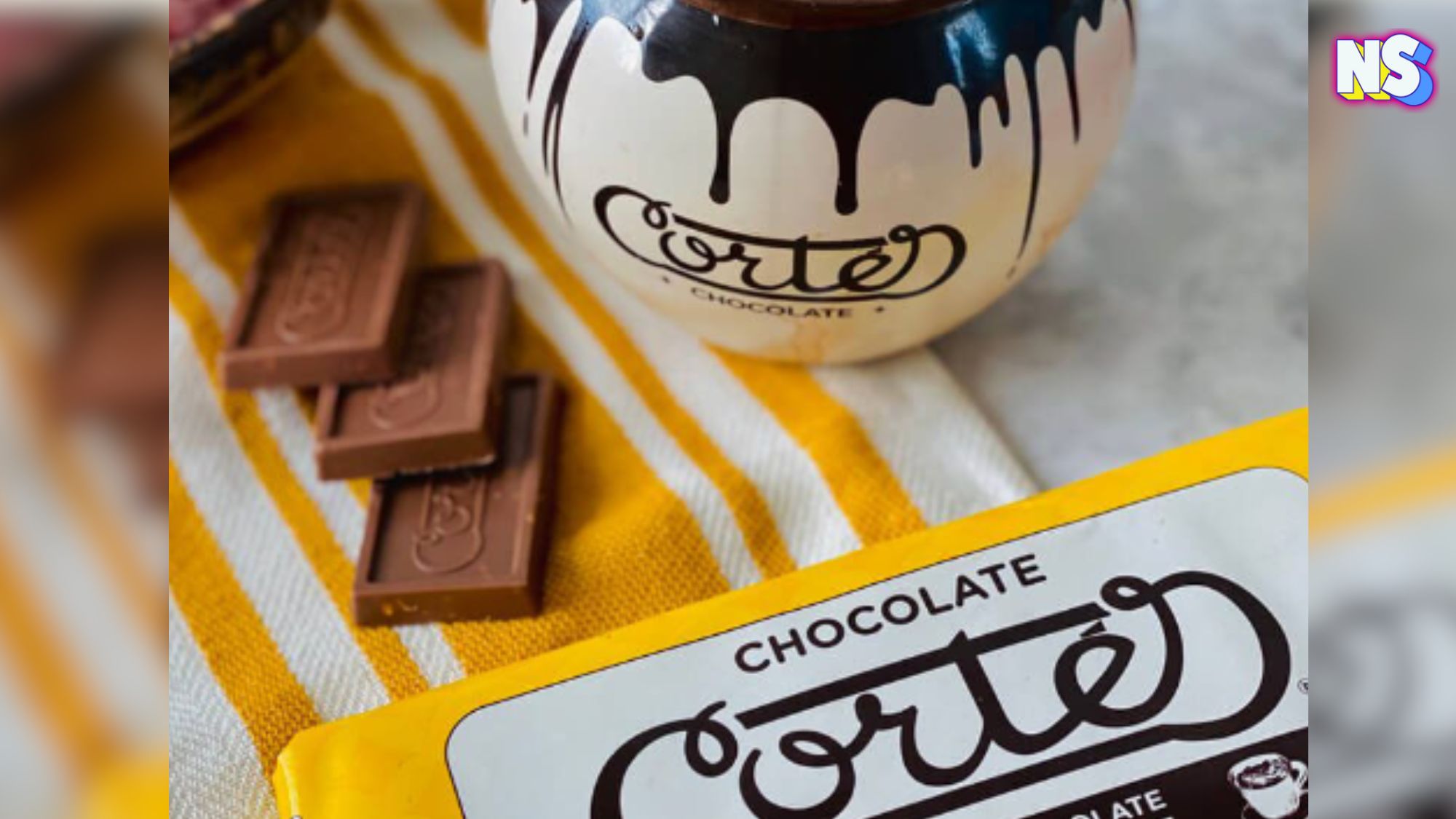It’s everyone’s favorite dish: the taco.
Who doesn’t love a hand-sized Mexican food combining seasoned meat, fresh fillings, and cheese inside crunchy corn shell or soft flour tortilla? And taco sauce. We can’t forget the sauces.
But,as simple and delicious as it is, the taco’s exact origin story is somewhat elusive and shrouded in history, with a culinary evolution that spans centuries and international borders.
However, there are several theories, and historical accounts, that shed light on the potential origins of our beloved dish. Let’s dive in.
The History of Tacos
One prevalent theory traces the taco’s roots back to indigenous Mexican cultures.
Historians suggest that ancient Aztecs and other Mesoamerican civilizations consumed food wrapped in tortillas.
These tortillas were made from corn, a staple crop in the region, and were used as a practical way to hold and consume various fillings, including fish, meats, and vegetables.
Corn kernels underwent a process known as “nixtamalization,” involving soaking and cooking in an alkaline solution, often limewater. This method removed the husk, after which the corn was washed and ground into a fine corn flour paste to create tortillas.
Historians trace the earliest evidence of nixtamalized corn back to the Olmec culture around 1,500 BC, indicating their likely consumption of a basic corn flatbread in their diets.
Notably, Moctezuma, the ninth Aztec emperor of Mexico, utilized these corn tortillas to scoop and contain his food, especially after a hot stone preparation. Centuries later, following the Spanish conquistador Hernán Cortés’ conquest of the Aztec empire, he provided his soldiers with lavish feasts featuring corn tortillas paired with pork.
But the word “taco” itself might have originated from silver mining in Mexico during the 18th century.
“My theory is that it dates from the 18th century and the silver mines in Mexico, because in those mines, the word “taco” referred to the little charges they would use to excavate the ore,” Jeffrey M. Pilcher, professor of history at the University of Minnesota, and the author of Planet Taco: A Global History of Mexican Food (Oxford University Press), tells Smithsonian magazine. “These were pieces of paper that they would wrap around gunpowder and insert into the holes they carved in the rock face.”
Further historical accounts suggest that tacos gained popularity in Mexican markets during the 19th century, with vendors offering various fillings wrapped in tortillas to customers. As Mexican cuisine traversed borders, the taco’s popularity soared, especially in the United States, where it underwent further evolution and assimilation into local cuisines.
The Taco Cross the Border
Mexican food gained popularity through tamale carts in Los Angeles, Calif., and with a cohort of women known as the Chili Queens in San Antonio, Texas. For many Americans, this marked their initial encounter with authentic Mexican cuisine and tacos.
“And one of the first types of tacos described is called tacos de minero — miner’s tacos,” Pilcher explains. “So the taco is not necessarily this age-old cultural expression; it’s not a food that goes back to time immemorial.”
Perfecting the mass production of hard-shell tacos played a pivotal role in introducing Mexican cuisine to a wider audience across the United States. This expanded availability in restaurants and grocery stores paved the way for Glen Bell, the visionary behind Taco Bell, to achieve remarkable success.
“The first Taco Bell was opened by Glen Bell in 1962, and made his version of tacos accessible to Americans who didn’t want to go to Mexican neighborhoods to try them,” Delish.com explains
His enterprise swiftly burgeoned to encompass over 100 franchise locations by 1967.
Today, tacos encompass a diverse range of styles, fillings, and preparations, reflecting a rich tapestry of cultural influences and culinary creativity.
It’s estimated that, in the United States alone, more than 4.5 billion tacos are consumed every year, according to SunValleymag.com.
While pinpointing the precise origin story of the taco remains a culinary mystery, its journey through history has solidified its status as an iconic and globally adored dish, cherished for its delicious simplicity and endless versatility.
A Healthy Taco Recipe
Looking to add a new twist to your weeknight taco night? Try this simple yet dynamic Blackened Shrimp Tacos with Creole Remoulade Slaw recipe, crafted to perfection by our friends at the Coastal Seafoods and Fortune Fish & Gourmet.
Ready in just 30 minutes, this dish marries shrimp with a zesty Creole remoulade slaw that adds a delightful crunch and tangy kick.
Encased in small, toasted corn tortillas, these tacos promise an explosion of taste, perfect for any weekday dinner. 
Blackened Shrimp Tacos with Creole Remoulade Slaw
Recipe courtesy of Coastal Seafoods and Fortune Fish & Gourmet
Prep time: 30 minutes
Cook time: 10 minutes
Ingredients:
Coleslaw:
1/3 cup mayonnaise
1 tablespoon capers, chopped
1 teaspoon stone ground mustard
1/3 cup parsley, chopped
1/2 teaspoon horseradish
1/3 cup red onion, diced
1 tablespoon Cajun seasoning
1/2 bag coleslaw mix
Tacos:
6 small corn tortillas
1 tablespoon Cajun seasoning
1/2 pound peeled and deveined ASC-certified shrimp, thawed
3 green onions, sliced
fresh salsa or pico de gallo (optional)
1 lime, sliced (optional)
Directions:
To make the coleslaw: In bowl, mix mayonnaise, capers, mustard, parsley, horseradish, red onion and Cajun seasoning. Mix coleslaw and about 3/4 of dressing. Stir until coated then add more dressing, if desired. Refrigerate coleslaw until ready to serve.
To make the tacos: Heat grill to medium heat. Once hot, toast tortillas on each side until browned on edges. Stack toasted tortillas on plate and cover with towel until ready to serve.
Pour Cajun seasoning over shrimp and stir until shrimp are coated.
Cook shrimp 3-5 minutes per side, or until shrimp are firm and Cajun seasoning is blackened. Remove shrimp from grill to prevent overcooking.
To serve, place about 1/4 cup coleslaw in each tortilla then top with 3-5 shrimp and green onions. Top with salsa or pico de gallo, if desired. Squeeze wedge of fresh lime over top, if desired.





